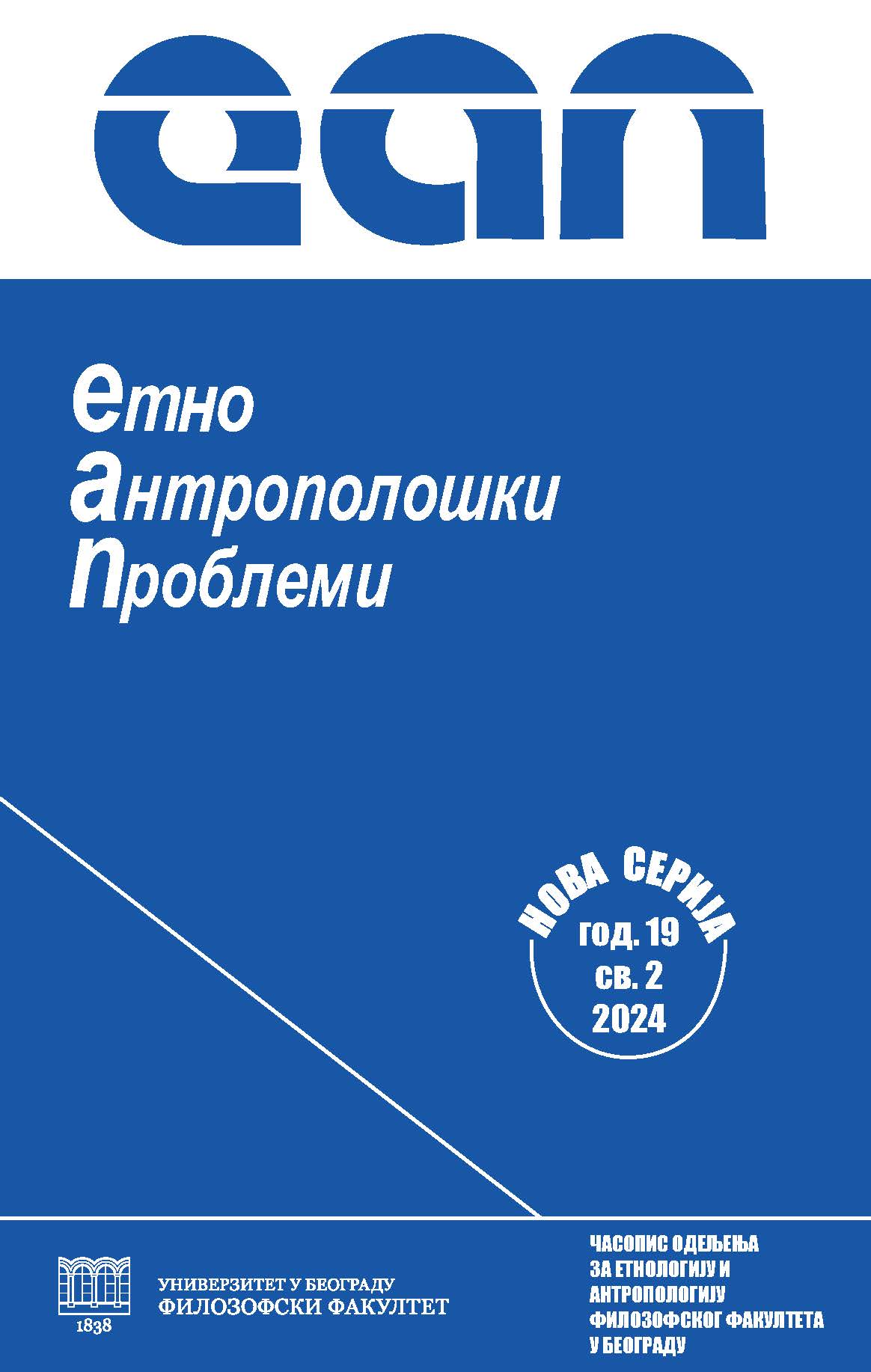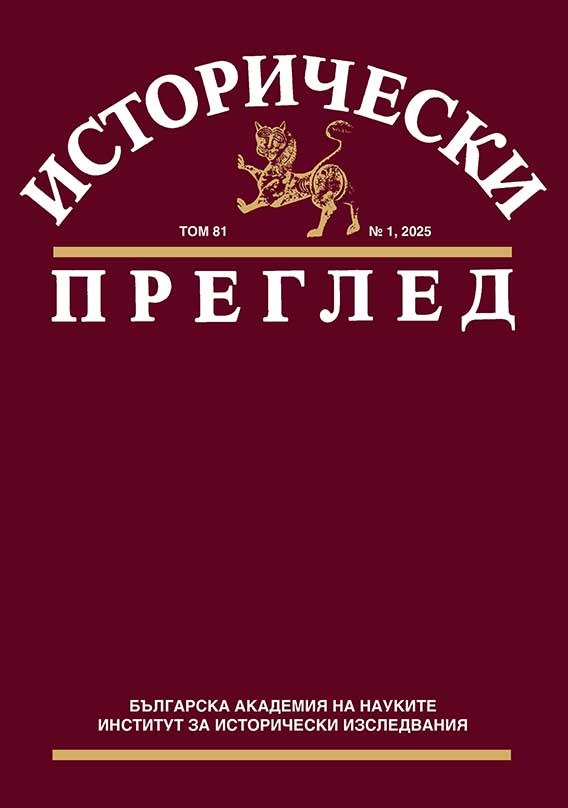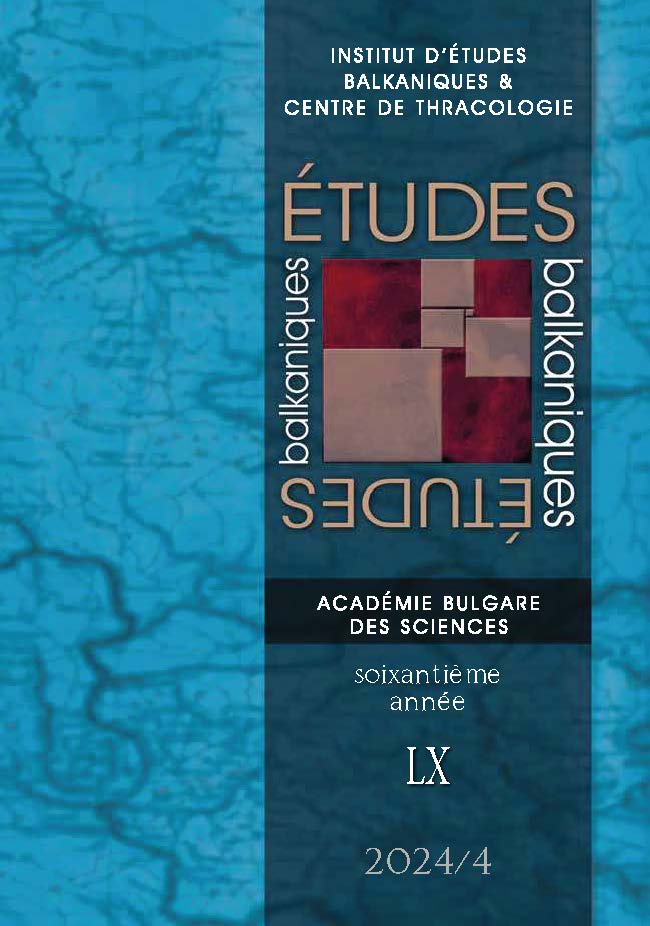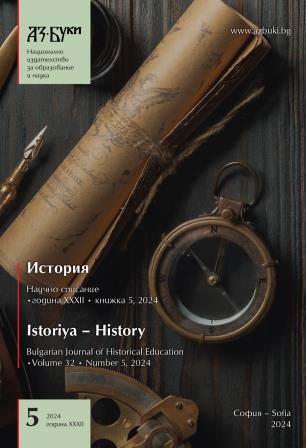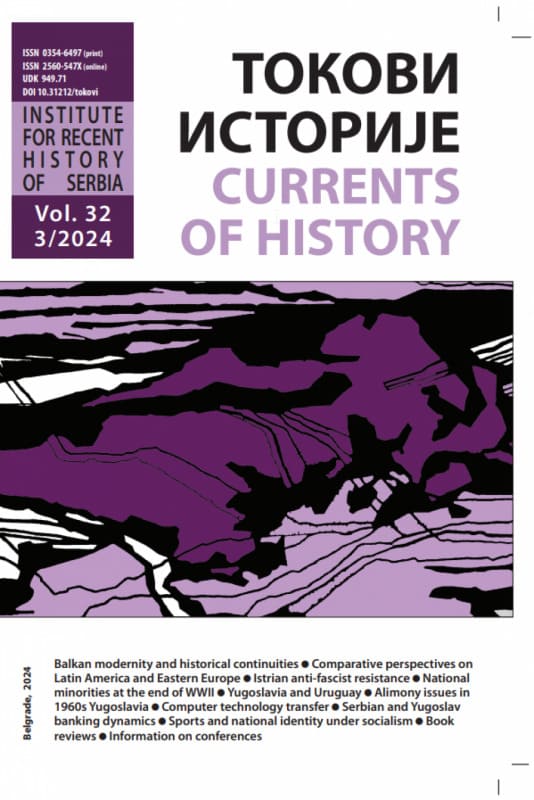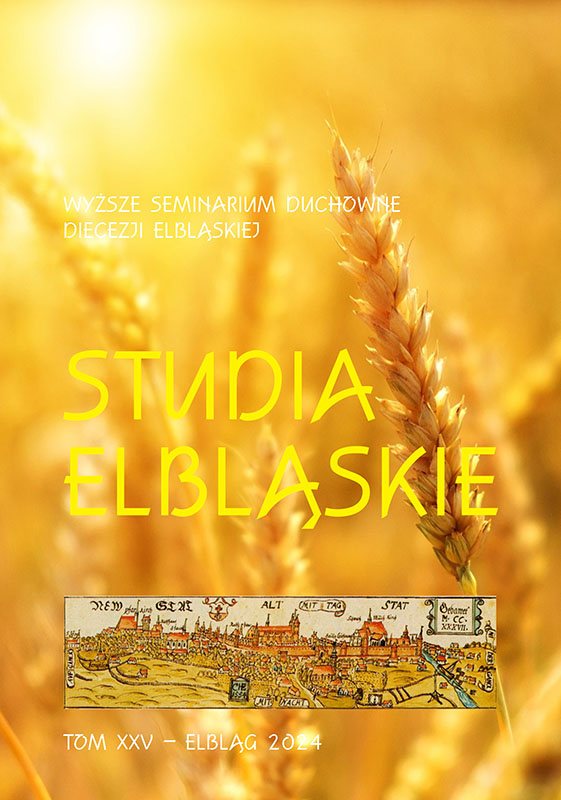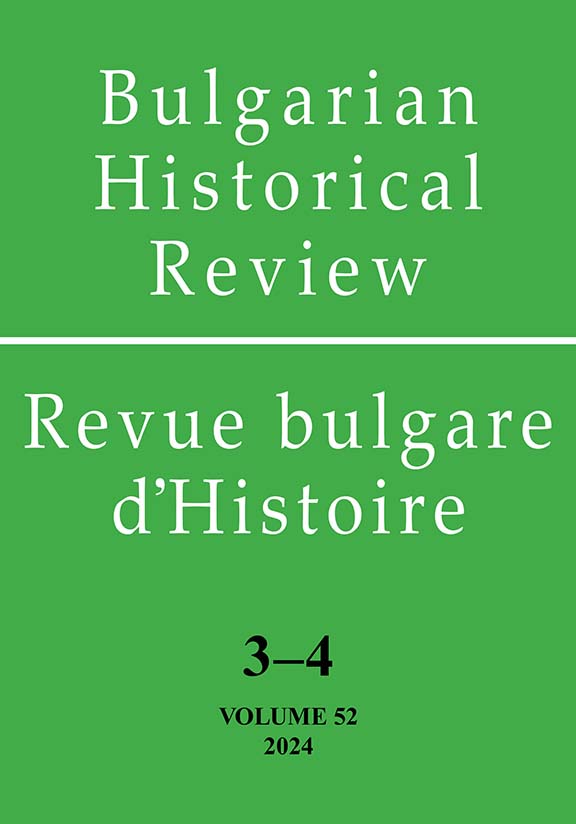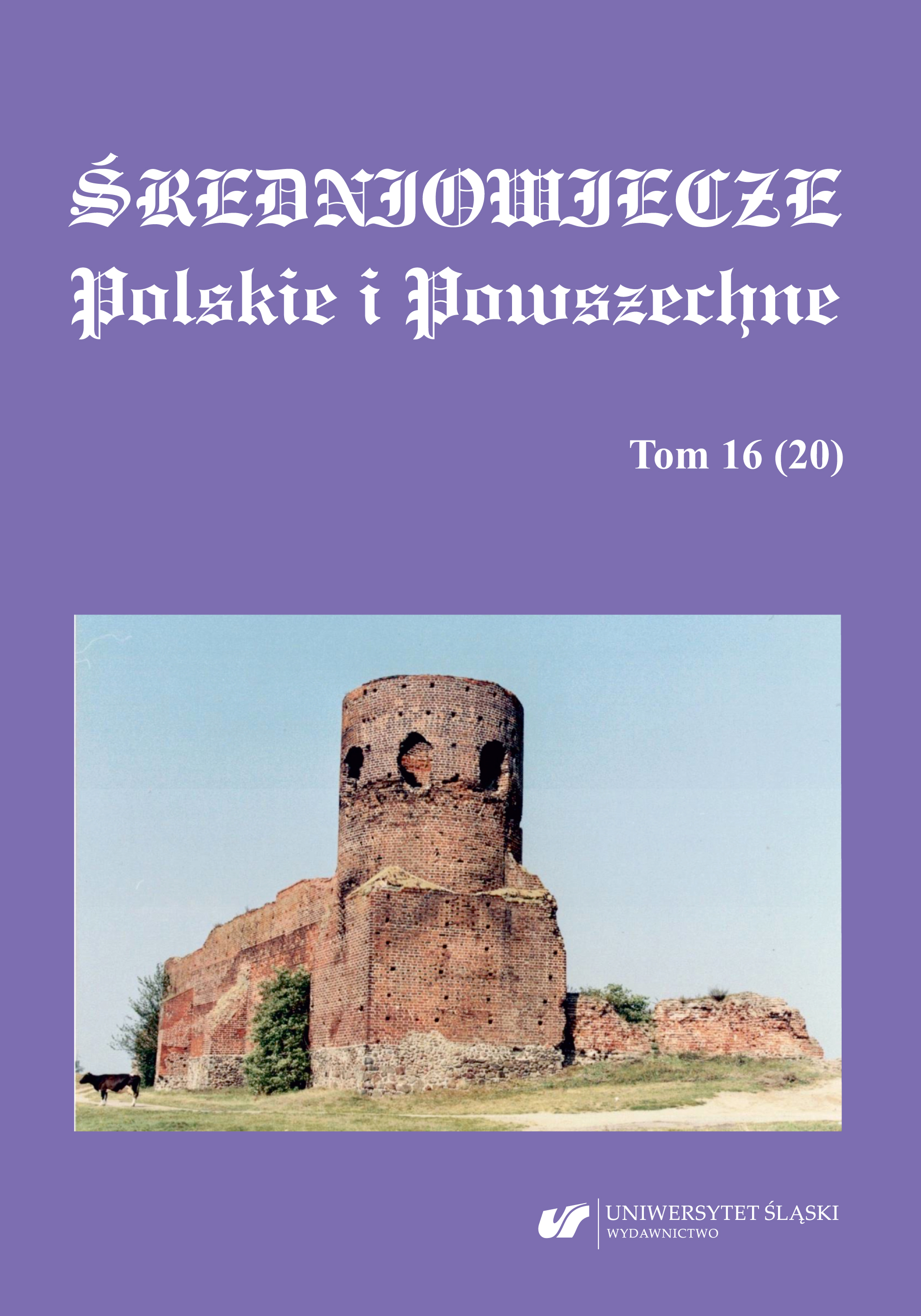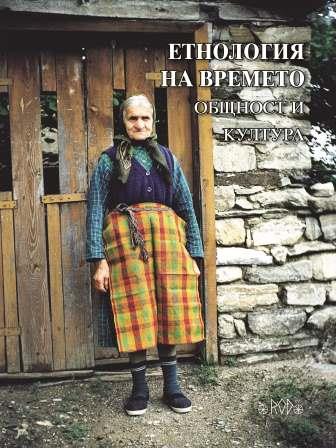
НЕОФИТ РИЛСКИ В НАРОДНАТА ПАМЕТ НА БАНСКАЛИИ
Neophyte Rilski is one of the brightest personalities that Bansko gave to Bulgaria. His work occupies a significant place in the history of Bulgarian education. His educational activity is related to an important stage in the development of the new Bulgarian culture – the movement for a new Bulgarian school, literature, and language. Recognition for the great work of Neophyte Rilski and the enormous services to the Fatherland, the people and the church, for school education and education was given by the entire Bulgarian cultural community in connection with the celebration of his 230th anniversary. The report draws attention to publications about Neophyte Rilski by his contemporaries, biographers, historians, educators, philologists, ethnologists, ethnographers, writers, poets. A number of interesting facts have been preserved in folk memory, published in ethnographic collections and publications of local legends from Bansko.
More...
